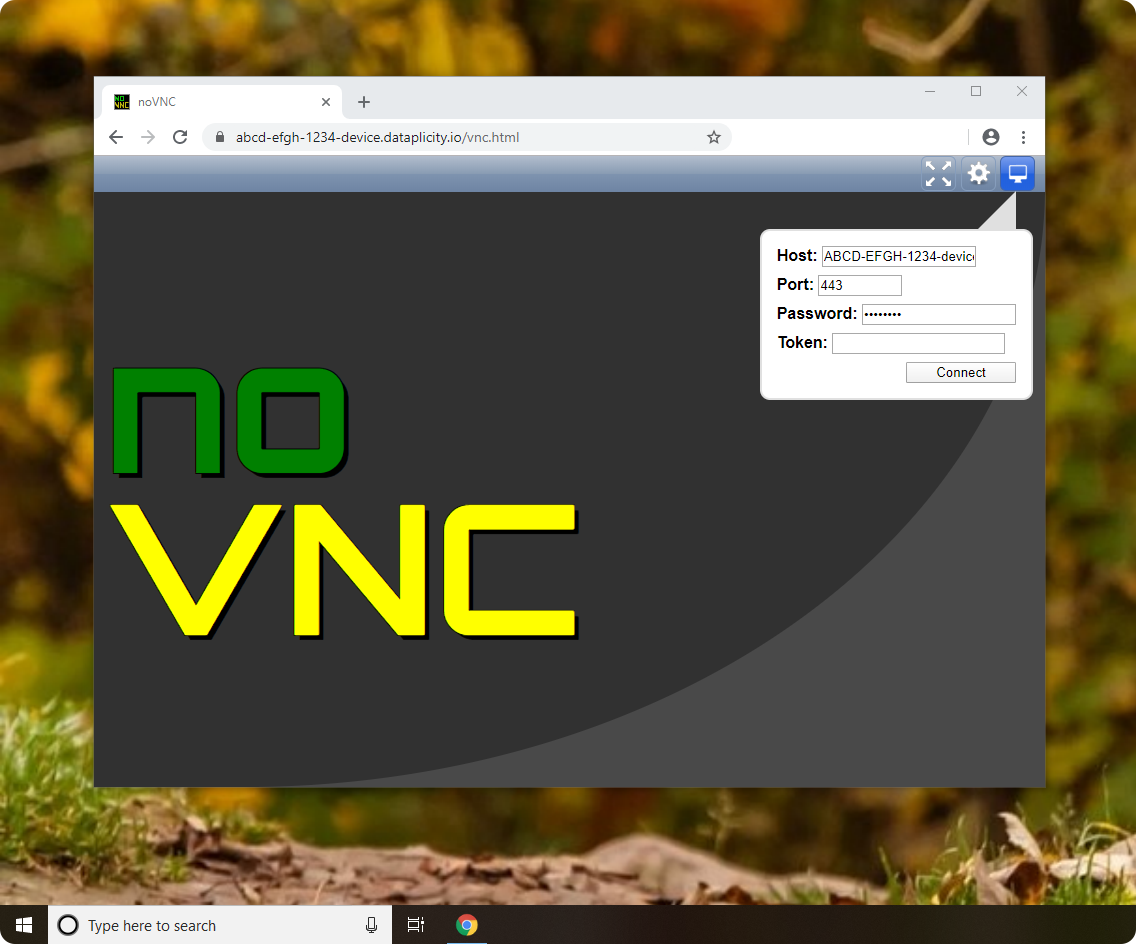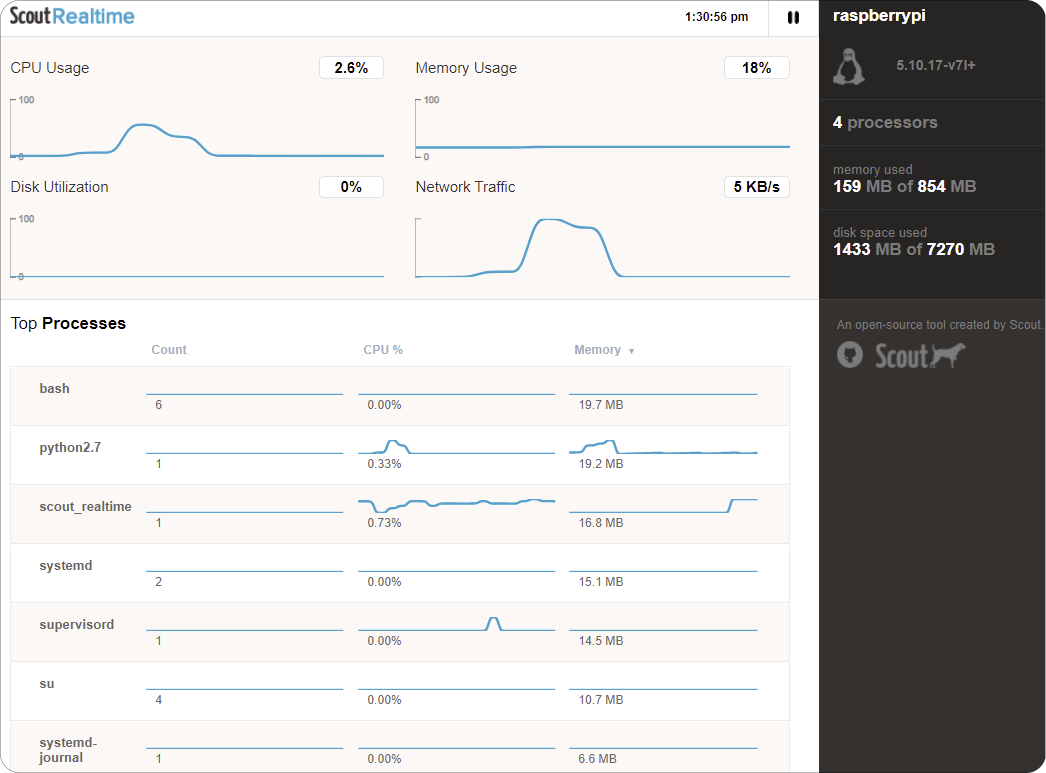Imagine this—you're chilling at your favorite coffee shop, sipping your latte, and suddenly you remember that you left a project running on your Raspberry Pi back home. What if you could access it from anywhere without spending a dime? Yes, you heard that right—FREE! Accessing your Raspberry Pi remotely has never been easier or more cost-effective. In this guide, we'll dive deep into the world of remote Pi access without breaking the bank.
Let's face it, the Raspberry Pi is more than just a tiny computer; it's a powerhouse for makers, hobbyists, and tech enthusiasts worldwide. But what good is all that power if you can't tap into it when you're away? That's where remote access comes in, and the best part? You don't need to shell out money for expensive software or subscriptions to make it happen.
Whether you're monitoring home security cameras, running a media server, or managing a weather station, accessing your Pi remotely can be a game-changer. So, buckle up and get ready to unlock the full potential of your Raspberry Pi without spending a cent. This guide is packed with actionable tips, step-by-step instructions, and expert advice to help you master the art of remote Pi access.
Read also:Moneybagg Yo Height 63 The Real Deal Behind The Rapperrsquos Stature
Why Access Pi Remotely Free? Understanding the Benefits
Before we dive into the nitty-gritty of setting up remote access for your Raspberry Pi, let's take a moment to appreciate why this is such a big deal. Remote access isn't just a cool feature; it's a necessity in today's connected world. Here's why:
- Cost-Effective: Why spend money on pricey software when you can do it all for free? With the right tools and a little know-how, you can access your Pi remotely without burning a hole in your wallet.
- Convenience: Imagine being able to check on your home automation setup or troubleshoot a project from anywhere in the world. That's the power of remote access.
- Flexibility: Whether you're using a Windows PC, Mac, or even a smartphone, remote access gives you the freedom to connect to your Pi from any device.
Let's not forget the peace of mind that comes with knowing you can always stay connected to your projects, no matter where you are. So, are you ready to take your Raspberry Pi experience to the next level? Let's get started!
Setting Up SSH for Free Remote Pi Access
SSH, or Secure Shell, is one of the most popular methods for accessing your Raspberry Pi remotely. It's secure, reliable, and best of all, completely free. Here's how you can set it up:
Enabling SSH on Your Raspberry Pi
First things first, you need to enable SSH on your Raspberry Pi. Don't worry; it's easier than it sounds.
- Boot up your Raspberry Pi and log in.
- Open the terminal and type
sudo raspi-config. - Use the arrow keys to navigate to "Interfacing Options" and hit Enter.
- Select "SSH" and enable it.
- Reboot your Pi to apply the changes.
And just like that, SSH is ready to go. Now, let's move on to the next step.
Using Dynamic DNS for Remote Pi Access
One of the biggest challenges of remote access is dealing with changing IP addresses. That's where Dynamic DNS comes in. It's like a magic wand that keeps your Pi's address updated, even if your ISP decides to change it. Here's how you can set it up:
Read also:Zack Snyders Children A Closer Look Into Their Lives And Contributions
Choosing the Right Dynamic DNS Provider
There are plenty of free Dynamic DNS providers out there, but not all of them are created equal. Some popular options include:
- No-IP
- Dynu
- FreeDNS
Each provider has its own set of features and limitations, so be sure to do your research before settling on one.
Securing Your Remote Pi Access
Security should always be a top priority when it comes to remote access. After all, you don't want some random hacker snooping around your projects. Here are a few tips to keep your Pi safe:
- Use Strong Passwords: Make sure your Pi's login credentials are strong and unique.
- Enable Two-Factor Authentication: Add an extra layer of security by enabling 2FA.
- Keep Your Software Up-to-Date: Regularly update your Pi's software to patch any security vulnerabilities.
By following these simple steps, you can ensure that your remote Pi access is as secure as possible.
Alternative Methods for Accessing Pi Remotely Free
While SSH and Dynamic DNS are great options, they're not the only ways to access your Raspberry Pi remotely. Here are a few alternatives:
TeamViewer
TeamViewer is a popular remote access tool that offers a free version for personal use. It's easy to set up and provides a user-friendly interface, making it a great choice for beginners.
VNC
VNC, or Virtual Network Computing, allows you to access your Pi's graphical interface from another device. It's a bit more involved to set up than SSH, but it's worth it if you prefer a graphical approach.
Best Practices for Remote Pi Access
Now that you know how to access your Raspberry Pi remotely for free, here are a few best practices to keep in mind:
- Test Your Setup: Before relying on remote access for critical tasks, make sure to test your setup thoroughly.
- Monitor Your Pi: Keep an eye on your Pi's performance and security to ensure everything is running smoothly.
- Document Your Process: Write down the steps you took to set up remote access. This will come in handy if you ever need to troubleshoot or set up another Pi.
Following these best practices will help you get the most out of your remote Pi access experience.
Common Issues and Troubleshooting
Even the best-laid plans can hit a snag now and then. Here are some common issues you might encounter when accessing your Raspberry Pi remotely and how to fix them:
Connection Problems
If you're having trouble connecting to your Pi, double-check your IP address, port settings, and firewall rules. Sometimes, a simple typo can cause big headaches.
Security Warnings
If you're getting security warnings, make sure your certificates are up-to-date and your software is properly configured. It's always better to be safe than sorry.
Real-World Applications of Remote Pi Access
Now that you know how to access your Raspberry Pi remotely for free, let's talk about some real-world applications:
- Home Automation: Control your smart home devices from anywhere in the world.
- Media Server: Stream your favorite movies and music to any device.
- Weather Station: Monitor weather conditions in real-time, no matter where you are.
The possibilities are endless, and the best part? You're doing it all for free!
Future Trends in Remote Pi Access
As technology continues to evolve, so does the way we access our devices remotely. Here are a few trends to keep an eye on:
- Quantum Computing: While still in its infancy, quantum computing could revolutionize remote access in the future.
- AI Integration: Artificial intelligence is already making waves in the tech world, and remote access is no exception.
- 5G Networks: With faster and more reliable internet connections, remote access will become even more seamless.
Stay tuned for these exciting developments and see how they can enhance your remote Pi access experience.
Conclusion
Accessing your Raspberry Pi remotely for free has never been easier or more rewarding. With the right tools and a little know-how, you can unlock the full potential of your Pi from anywhere in the world. Remember to follow best practices, stay secure, and keep an eye on future trends to make the most of your remote access experience.
So, what are you waiting for? Dive in, explore, and take your Raspberry Pi projects to the next level. And don't forget to share your experiences and tips in the comments below. Happy hacking!
Table of Contents
- Why Access Pi Remotely Free? Understanding the Benefits
- Setting Up SSH for Free Remote Pi Access
- Using Dynamic DNS for Remote Pi Access
- Securing Your Remote Pi Access
- Alternative Methods for Accessing Pi Remotely Free
- Best Practices for Remote Pi Access
- Common Issues and Troubleshooting
- Real-World Applications of Remote Pi Access
- Future Trends in Remote Pi Access
- Conclusion



